Smartphones May Soon Have X-Ray Imaging Capability Thanks to New Chip Technology
Recent advancements in chip technology could revolutionize smartphones by equipping them with the ability to take X-ray images and see behind closed objects. For over 15 years, researchers have been developing a new chip technology that promises to bring X-ray capabilities to smartphones, offering a glimpse into a future where mobile devices become powerful tools for medical diagnostics and beyond.
Scroll Down to Continue

Advertisement
Radiology devices, which we rarely see outside of hospitals today, may soon be replaced by our smartphones.
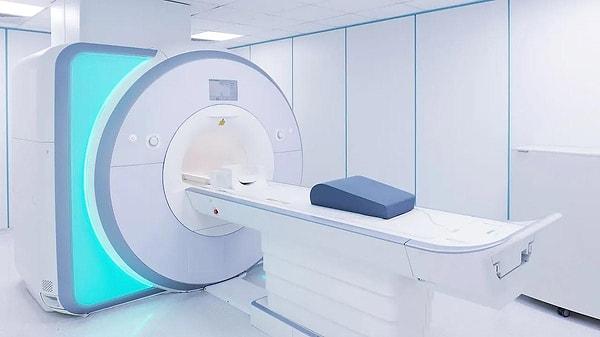
Scroll Down to Continue

Advertisement
Thanks to a new technology developed by researchers at the University of Texas for over 15 years, smartphones could soon gain the ability to take X-ray images and see behind closed objects.
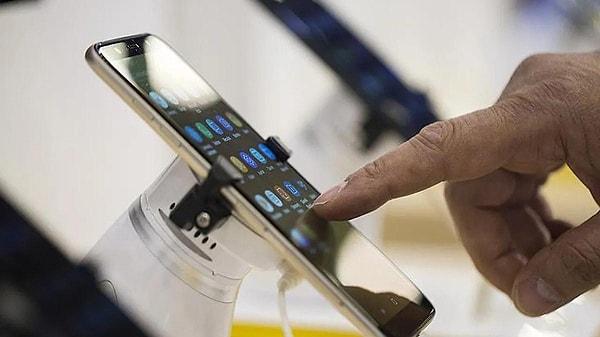
Led by Professor Dr. Kenneth O, the team has developed a new imaging chip that can visualize behind dust, heavy fog, and parts that do not normally pass light through, all within the size of a smartphone. The chip was recently able to capture the back of a cardboard.
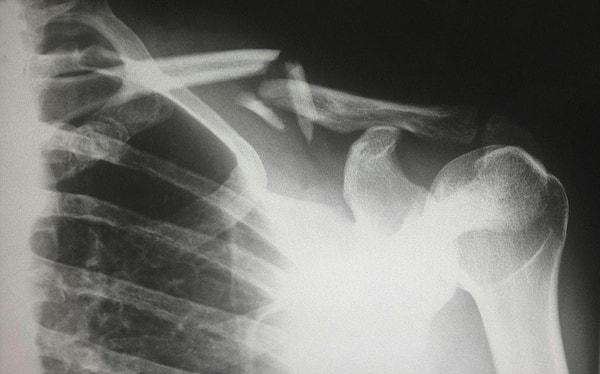
Utilizing signals in the range of 200-400 GHz to minimize harm to humans from X-rays, this new chip will serve in various fields such as emergency X-rays and inspecting the insides of objects.
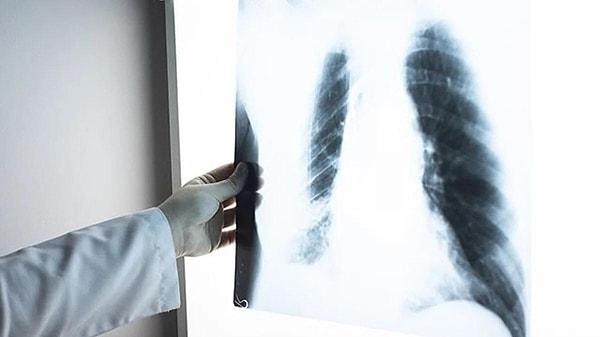
Currently in the developmental stage, this new technology is expected to be launched in the market in the coming years.
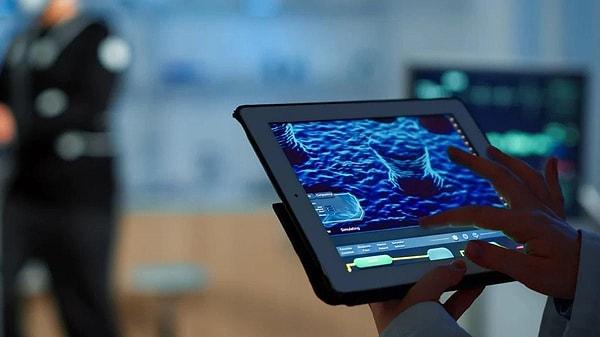
Scroll Down for Comments and Reactions

Advertisement
Keşfet ile ziyaret ettiğin tüm kategorileri tek akışta gör!


Send Comment